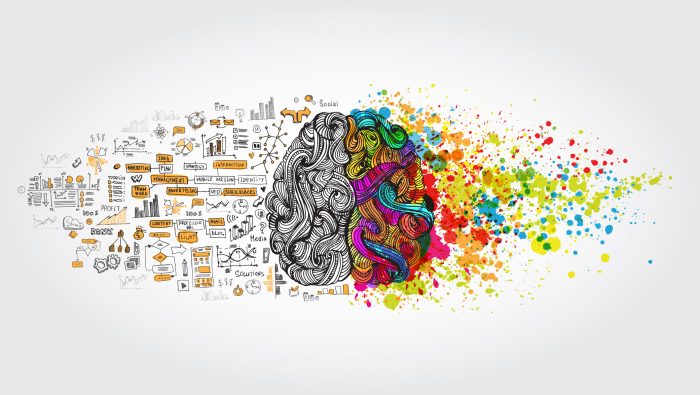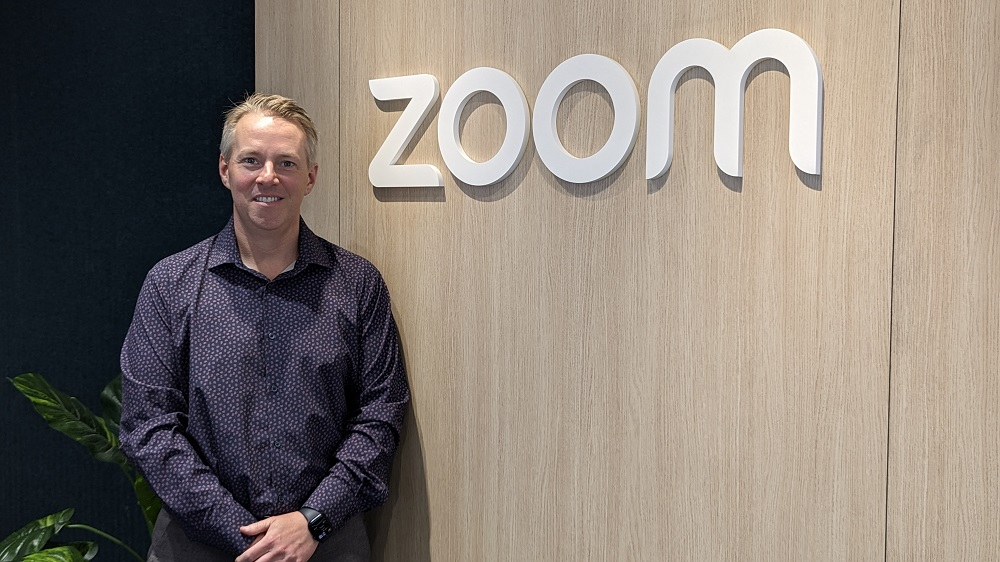How to start with design thinking in HR

Why are so many HR leaders talking about design thinking?
In the last few months, a number of the guests on my regular podcast – HR leaders from Red Hat, T-Mobile, General Motors and NBCUniversal, for example — have brought up a phrase that, even as recently as last year, I don’t recall hearing.
That phrase is “design thinking”, and while you probably have heard the term, you might not have considered it from an HR or HR-technology point of view.
Design thinking has been described as an iterative process that tries to understand a business problem, as well as who and what it is impacting. Those using this strategy challenge existing assumptions and approaches to solving a problem, and ask questions to identify alternative solutions that might not be readily apparent.
Design thinking is a solution-based approach and usually prescribes a series of specific phases, stages, and methods to help designers and business teams arrive at improved, user-focused solutions.
In this piece, I’ll look at each of the typical stages of a design-thinking process, their application, and how we can leverage these ideas as we evaluate, deploy, and manage the HR technologies.
Empathise
The first stage in the design-thinking process is gaining an understanding of the business or people problem you are trying to solve.
This is different from trying to determine the list of detailed technical requirements for a new HR system or the specific elements that need to be included in a new management training course.
Design thinking suggests that the designer or project leader thinks deeply about the people who will be impacted by a new solution or process.
They should engage and spend time with them to better understand their motivations and challenges, as well as develop a deep appreciation for any physical or environmental characteristics that are important to the solution.
But the key to making this information-gathering stage successful is empathy, which can help designers and leaders to get past their own assumptions and gain insight into users and their needs.
For HR-tech projects, this means making sure that the project managers and HR leaders actually spend time with and observe the “real” employees who use the HR and workplace technologies in their jobs.
All too often decisions around software selection, implementation, and configuration are made by central project teams, consultants, and vendor staff who have received little if any input from the users whose jobs and work processes will be impacted the most by any new HR or workplace technology.
Project teams can’t empathise with employees if they don’t meaningfully include them at all stages of the process.
Define
During this stage, designers and project leaders gather all the information and input from the initial phase.
The team can then review and assess this information with the goal of defining the core problems identified.
But a key element of design thinking is the goal to make “humans” the central point of the problem you are seeking to solve.
For example, a traditional target metric might have been: “We need to decrease the number of questions for the employee call centre about payroll and benefits by 10% this year.”
Instead, a design-thinking approach would define the problem as:
“Employees should be provided a platform for payroll and benefits that is easy to use and understand, and where they can find information.”
In this stage, the designers and project team gather their ideas to establish the required solution features, functions, and any other process-design elements to address the problem in a human-centered way.
The goals of almost all HR-technology initiatives can be expressed in these “human” terms:
“Make access to information faster and easier for front-line workers.”
“Give managers better guidance to mentor and coach new employees.”
“Arm new employees with resources that welcome them and show them that the organisation is ready to support them.”
These are “human” expressions that have more meaning to project teams and employees than metrics and abstract corporate goals.
It is hard to rally most people around meeting a metric, so the goals of any HR-tech project should resonate and connect in a human way, especially with those whom you will ask to make (sometimes substantial) changes in how they get their work done.
Ideate
During this stage of the design-thinking process, the project team is able to start generating specific ideas and approaches.
With the understanding of the users of the solution and their needs from the “empathise” stage, the more detailed observations and desired solution features from the “define” stage, and clarity about what the team is working towards that is specified in the human-centered problem statement, the team can begin generating ideas.
This is often the time where team members are encouraged to “think outside the box” to identify new solutions to the problem statement created, and these ideas often feed back to the “define” stage – participants often discover different ways to look at the problem.
In this process, all ideas should be considered, as it is important to get as many ideas or problem solutions unearthed as possible.
There are plenty of ways that rapid, iterative, and creative ideation can manifest in HR-technology projects.
Let’s take just one recent example—the move of many organisations away from annual performance reviews to a more rapid, lighter and feedback-driven approach to guiding and improving employee performance.
By thinking creatively about how best to coach, develop, and reach organisational performance objectives, HR leaders have been able to drive significant changes in how employee performance is managed, and how the HR technologies that support these processes have developed and evolved.
A similar kind of evolution has been happening with employee engagement surveys – the larger point being that Design Thinking approaches create an environment in which many kinds of ideas can be proposed, even those that just a few years ago would have been considered crazy.
Prototype
In the “prototype” phase, the project team’s goal is to produce fast, lightweight and iterative solutions, with the goal of evaluating them for effectiveness in solving the problems identified.
The project team can experiment with many potential solutions to find the optimal approach for each of the problems identified in the first three stages.
These can be implemented on a pilot or small scale, then investigated by the project team and end users, before decisions are made about whether to continue, improve, or reject the solution entirely.
At the end of this stage, the project team will have a better understanding of the available solutions, and how each one addresses or fails to address the defined problems.
Test
During the test phase, the project team and the solution users will thoroughly test the complete solution or product using the best options identified.
The goal is to determine if the selected solutions can truly stand up to their application in the “real world” and not just in a small pilot or under highly-controlled conditions.
The test phase is the final phase of the classic design-thinking model, but since design thinking is meant to be an iterative process, the results revealed can be fed back to the ideate phase if the need for more solution alternatives becomes clear.
The team can even return to the “empathise” phase, and further refine the selection to create the most complete and meaningful solution as possible.
For HR-tech projects (leaving out areas like payroll), the best outcome of the testing process is getting validation from the end users that the problems you identified in earlier phases will actually be addressed successfully.
Too often in HR-tech testing, we focus on things like process completion, error rates, and output reports.
While all are important, design thinking challenges project teams to make sure their users are positive about the proposed solutions, and that their needs (remember, we started with empathising with them) are going to be met.
“How do you feel about the solution?” is a question you should ask as often as possible during the “test” phase. Once you’ve gone live, it is usually too late.
While the concepts surrounding design thinking are not new and are well-understood by the design, engineering and maybe even the marketing industry, they have not always been applied to the kinds of challenges that HR leaders face.
But as many experienced and progressive HR leaders have been telling me lately, design-thinking concepts and approaches are becoming more common.
There’s plenty of opportunity here for HR leaders to use these approaches to create better solutions and experiences for their staff.





